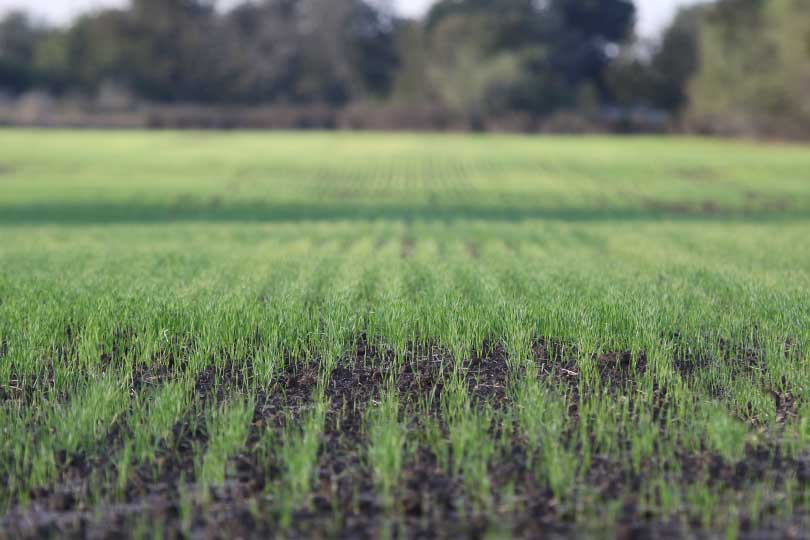By Emmy Powell
Communications Specialist
The winter wheat crop is going in the ground, and more acres are expected to be planted this year.
But moisture and rising input costs remain a concern for the planting and growing seasons.
Recent rainfall in some parts of the state, including the Panhandle, has planting ahead of schedule.
“A lot of that planting activity is taking place quickly because of the moisture that we received here in the Panhandle,” Darby Campsey, director of Communications and Producer Relations for Texas Wheat Producers Board and Association, said. “(Farmers) took advantage of that moisture and planted a little earlier than they typically would.”
Although official planted acres won’t be available from the U.S. Department of Agriculture until January, Campsey anticipates a slight increase in acreage for the 2023 crop.
“We may rebound back to the 2020 level of about 5.5, 5.6 million acres,” Campsey said. “We certainly hope that the weather cooperates, and producers are able to have good development over the fall and take that out to grain production in the spring.”
But farmers haven’t forgotten last fall’s growing conditions. Soil moisture levels continued to decline throughout the growing season when the rains never came. Those lingering drought conditions took a toll on last year’s winter wheat crop in the Panhandle and across the state.
“We saw a huge drop in production (last year), and a year like that will extend challenges into the next crop year, because there’s no stored soil moisture,” she said. “So, as producers go to plant in the fall, they are really looking for those timely rains to ensure that the wheat has time to develop roots before we hit winter dormancy.”
Farmers are hoping to harvest a better crop in 2023.
Deaf Smith County farmer and Farm Bureau member David Cleavinger is among those who planted early.
He noted it has been a tough year, but farmers try to remain optimistic.
“Most producers in this area are just ready for this year to come to an end. It’s been a very expensive year. It’s been a very dry year,” Cleavinger said. “But I think, like always, most farmers are optimistic.”
Selection of varieties may be the difference between success and disappointment in the growing season.
“There are many producers who have already bought their seed and planted it in the ground,” Campsey said. “But for those who have not selected seed varieties yet, that’s going to be a really important decision this year.”
Campsey said selecting a drought-tolerant, faster-maturing variety may be more beneficial if drought conditions persist.
But seed availability is a concern.
“When we have an extremely short crop like we just did, it means that our seed wheat production is also extremely low,” she said. “So, this past year we produced about half to two thirds of what we would normally get for seed wheat.”
And seed prices are high, Campsey noted.
“Those seed prices are very high, anywhere from $20 to $40 per 50- pound bag. And so those have gone up by almost double,” she said.
Wheat variety picks from Texas A&M AgriLife are available for the 2022-23 crop year, and the Texas Wheat Seed Book that outlines uniform variety trails is available from the Texas Wheat Producers Association.

